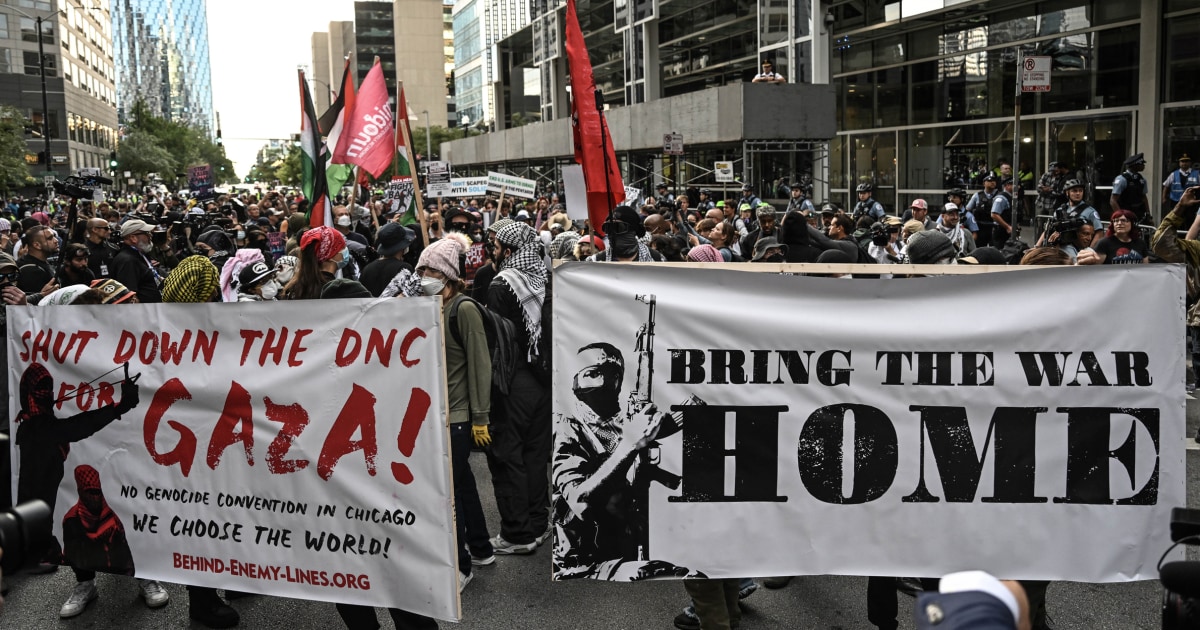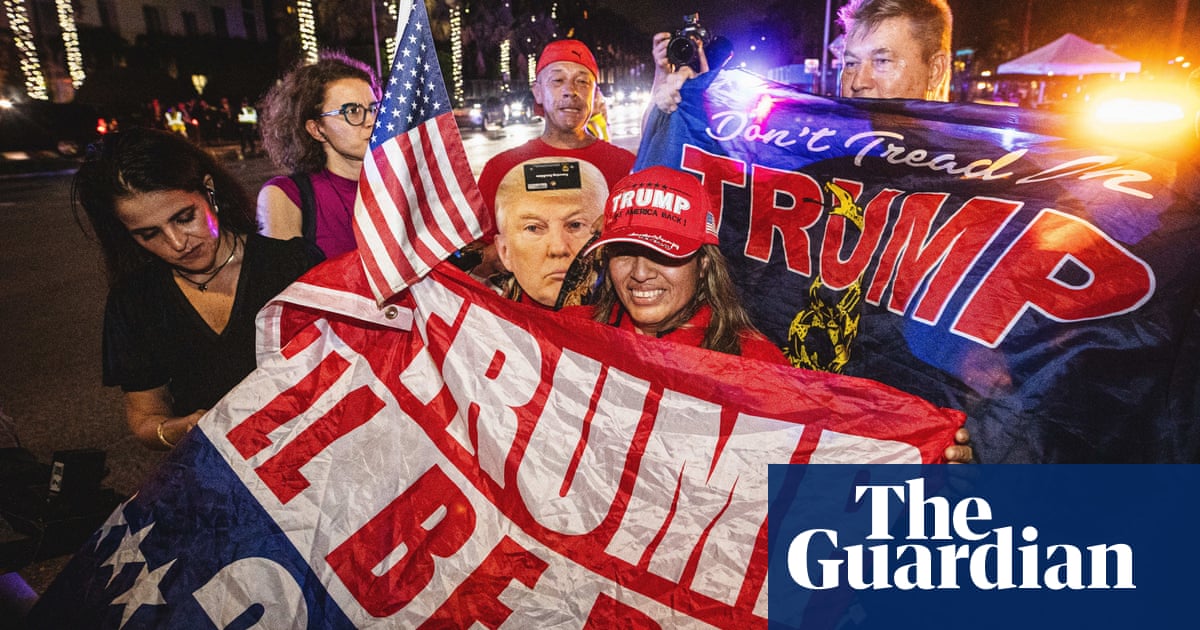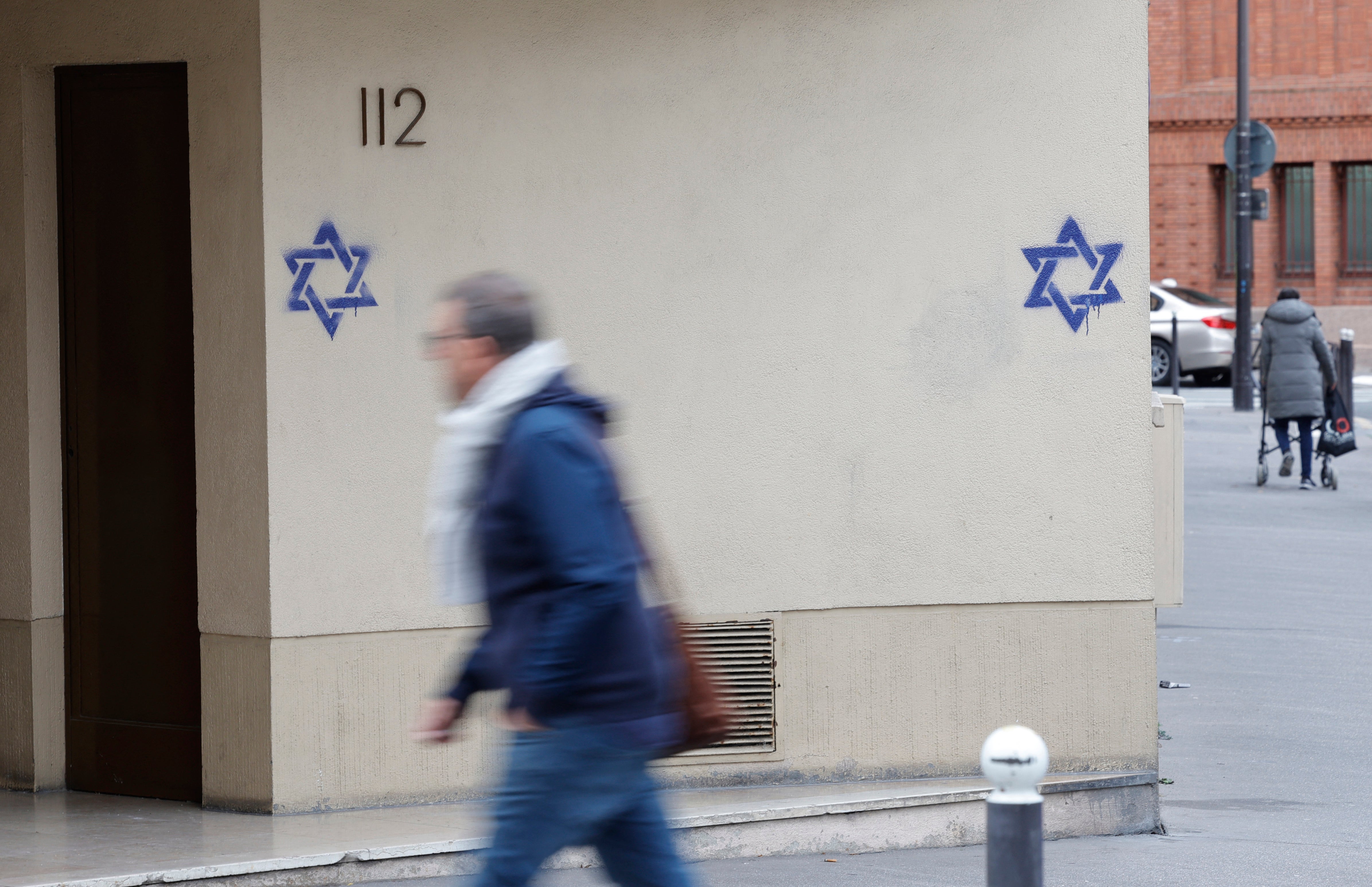CNN
—
Munitions made in the United States were used in the deadly Israeli strike on a displacement camp in Rafah on Sunday, a CNN analysis of video from the scene and a review by explosive weapons experts has found.
At least 45 people were killed and more than 200 others injured after a fire broke out following the Israeli military’s strike on the outskirts of Gaza’s southernmost city, most of them women and children, according to the Gaza Health Ministry and Palestinian medics.
Footage obtained by CNN showed swathes of the camp in Rafah in flames, with scores of men, women and children frantically trying to find cover from the nighttime assault. Burned bodies, including those of children, could be seen being pulled by rescuers from the wreckage.
Israel’s escalating assault in Rafah – where some 1.3 million Palestinians were taking shelter before Israel began its operation there – has drawn swift international condemnation, with United Nations agencies, aid groups and multiple governments calling on Israel to immediately halt its offensive.
Israeli tanks were seen advancing further into Rafah on Tuesday for the first time in Israel’s seven-month war against Hamas, signaling a new phase Israel pressing on with its controversial and destructive offensive.
However, US President Joe Biden is not altering his policy towards Israel, suggesting the deadly Rafah strike had not yet crossed a red line that would force changes in American support, despite him saying in a CNN interview earlier this month he wouldn’t allow certain US weapons to be used in a major offensive in Rafah.
CNN geolocated videos showing tents in flames in the aftermath of the strike on the camp for internally displaced people known as “Kuwait Peace Camp 1.”
In video shared on social media, which CNN geolocated to the same scene by matching details including the camp’s entrance sign and the tiles on the ground, the tail of a US-made GBU-39 small diameter bomb (SDB) is visible, according to four explosive weapons experts who reviewed the video for CNN.
The GBU-39, which is manufactured by Boeing, is a high-precision munition “designed to attack strategically important point targets,” and result in low collateral damage, explosive weapons expert Chris Cobb-Smith told CNN Tuesday. However, “using any munition, even of this size, will always incur risks in a densely populated area,” said Cobb-Smith, who is also a former British Army artillery officer.
Trevor Ball, a former US Army senior explosive ordnance disposal team member who also identified the fragment as being from a GBU-39, explained to CNN how he drew his conclusion.
“The warhead portion [of the munition] is distinct, and the guidance and wing section is extremely unique compared to other munitions. Guidance and wing sections of munitions are often the remnants left over even after a munition detonates. I saw the tail actuation section and instantly knew it was one of the SDB/GBU-39 variants.”
Ball also concluded that while there is a variant of the GBU-39 known as the Focused Lethality Munition (FLM) which has a larger explosive payload but is designed to cause even less collateral damage, this was not the variant used in this case.
“The FLM has a carbon fiber composite warhead body and is filled with tungsten ground into a powder. Photos of FLM testing have shown objects in the test coated in tungsten dust, which is not present [in video from the scene],” he told CNN.
Serial numbers on the remnants of the munitions also matched those for a manufacturer of GBU-39 parts based in California – pointing to more evidence the bombs were made in the US.
Two additional explosive weapons experts – Richard Weir, senior crisis and conflict researcher at Human Rights Watch, and Chris Lincoln-Jones, a former British Army artillery officer and weapons and targeting expert – identified the fragment as being part of a US-manufactured GBU-39 when reviewing the video for CNN, though they were unable to comment on the variant used.
Asked for comment on the munitions used in the Rafah strike at Tuesday’s briefing, Pentagon deputy press secretary Sabrina Singh told reporters: “I do not know what type of munition was used in that airstrike. I’d have to refer you to the Israelis to speak to that.”
CNN has also reached out to the US National Security Council.
Main weapons supplier
The US has long been the biggest supplier of arms to Israel, according to data from the Stockholm International Peace Research Institute (SIPRI), and that support has continued despite the growing political pressure on the Biden administration over the Gaza offensive.
Last month, Biden signed a foreign aid bill that included $26 billion for the Israel-Hamas conflict — including $15 billion in Israeli military aid, $9 billion in humanitarian aid for Gaza and $2.4 billion for regional US military operations.
CNN’s identification of the munition is consistent with a claim made by IDF spokesman Rear Admiral Daniel Hagari in a briefing about the tragedy on Tuesday.
Hagari told reporters the strike – which he said targeted senior Hamas commanders – used two munitions with small warheads containing 17 kilos of explosives, adding these bombs were “the smallest munitions that our jets could use.” The traditional GBU-39 warhead has an explosive payload of 17 kilos.
Hagari said the deadly fire which occurred following the strike was not caused solely by weapons used by the Israeli military.
“Our munitions alone could not have ignited a fire of this size,” Hagari said, adding the IDF was investigating “what may have caused such a large fire to ignite.”
He added that Israel is looking into whether the strike was “unintentionally set off possible stored weapons in a nearby compound.”
Israel’s Prime Minister Benjamin Netanyahu said the deadly airstrike in Rafah was a “tragic error,” but said Israel has vowed to press on with its operation despite international outrage and a US warning not to proceed.











